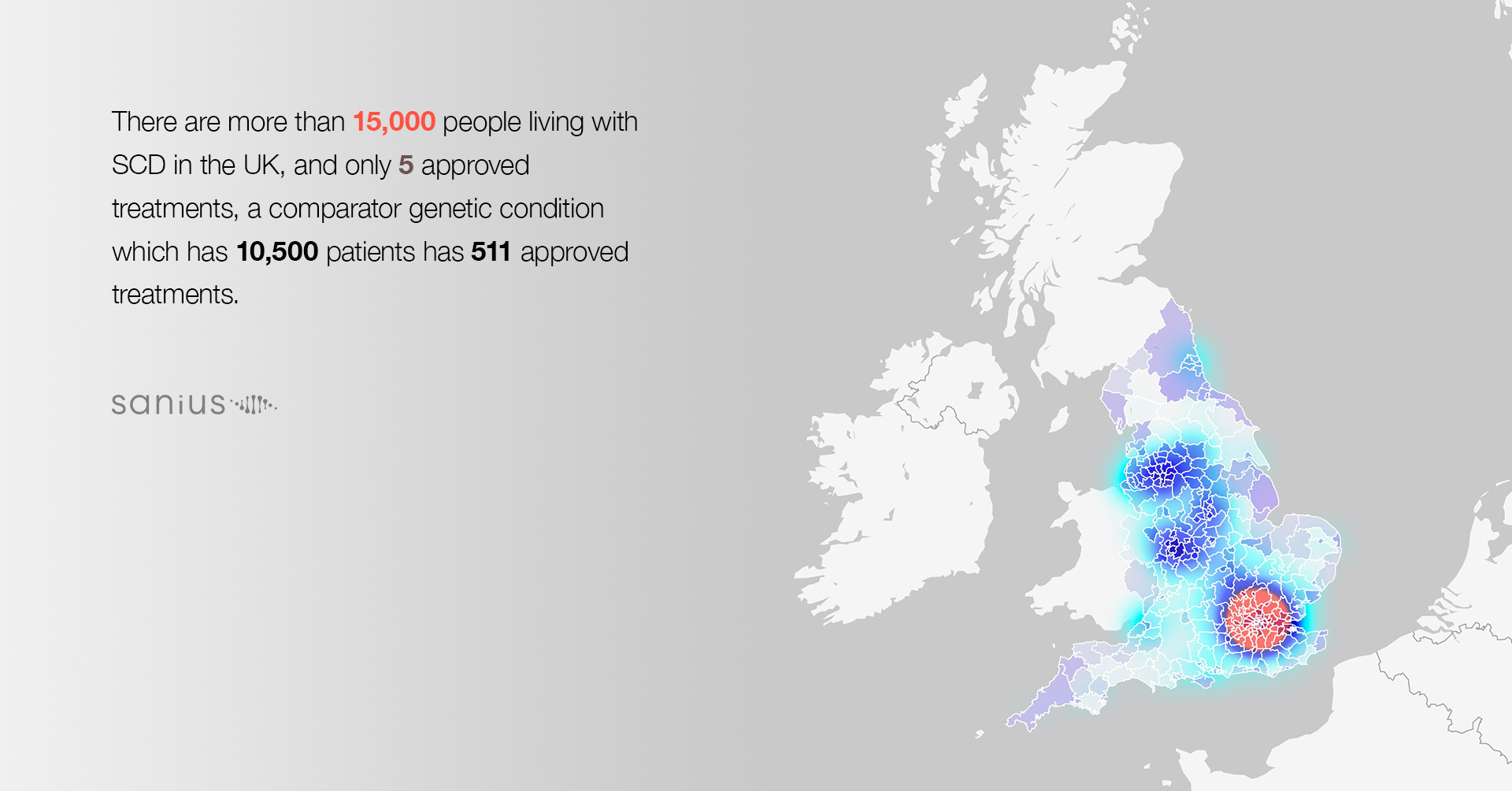The advertising industry has always been unforgiving. The rise of digital media has made it even more so.
Due to the digital revolution, advertising giants, including Publicis and WPP, are now in dire straits. The industry that brought us iconic paper and TV campaigns is being completely upended by Silicon Valley social networks. The likes of Facebook, Google and other digital behemoths are changing the way we communicate with customers. Specifically, digital advances now cause media companies to lean into short-term marketing and low-cost initiatives. As such, the marketing focus has shifted from long-term brand ideas to pithy, viral content.
Media companies worldwide are expected to continue their persistent march towards a digital medium in 2021, as global outlays on digital marketing approach a staggering $100 billion figure. Lockdown restrictions imposed in 2020 are most likely to have been a critical factor in boosting the already herculean revenue generated through social media marketing. Digital media’s newfound strength is expected to multiply several-fold within the third decade of the 21st century, with more and more companies turning towards multi-million dollar web conglomerates with their marketing campaigns. All of this poses a massive threat to traditional media companies, most of which are already on the verge of a shutdown. Historic lows in newspaper circulation statistics are indicative of the fact that Madison Avenue might well be past its glory days.
The Fate of Old Time Media Legends
Newspaper circulation in the United States fell in 2018, to its lowest level since 1940, the first year on record. While the more prominent companies like The New York Post, New York Times, The Wall Street Journal, etc have been managing to stay afloat despite falling revenue, many local newspapers have had to be shut down. Newspaper chain McClatchy filed for bankruptcy in early 2020, putting several local media houses out of business. McClatchy owns media companies in 14 U.S states, including the Kansas City Star, Miami Herald, Charlotte Observer, Fort Worth Star-Telegram and Sacramento Bee.
Their fall is merely one instance out of several, that marks the beginning of the end for local newspapers all around the country. News Desert is a term used to describe a community, either rural or urban, with limited access to the sort of credible and comprehensive news that feeds democracy at the grassroots level. More than half the counties in the country (1,740) fall under the category of a news desert, with one or no local newspapers in circulation. Most newspapers in the counties with one local newspaper are weeklies.
A majority of American adults (71%) believe that their local newspapers are doing well financially. A significant reason for the demise of a number of traditional media companies has been that their consumers are simply not aware of their morose financial conditions. This provides digital media conglomerates with the opportunity to either take over these companies or drive them to a whimpering extinction. This is a picture that is mimicked more or less all around the world, with physical newspapers/local tv news stations fighting for their very survival. All of these factors have continued to make traditional marketing a venture with swiftly diminishing ROI. Newspaper and local television advertisement industries continue to shrink as audiences are migrating heavily towards digital platforms.
The New Digital Advertising Leagues
Google and Facebook continue to have the largest shares of advertisement revenue generated in the U.S despite the pandemic’s challenges. Contrary to Wall Street predictions, a number of social media giants have been able to maintain a steady pace of growth in terms of their ad revenues. Alphabet, Facebook and Snap Inc have credited direct response ads, or ads that solicit an immediate action, like clicking a link or using a coupon code, for propping up sales during the pandemic. Most small businesses tend to fancy these handy advertisements, as it ensures more participation through minimal effort from the consumers. While companies often tend to face issues with brand security, data privacy and third party transactions, these don’t seem to affect their decision to advertise themselves through these digital media companies.
The ever-growing audience boasted by digital platforms has forced even the most traditional media companies to turn towards the web. Famed magazines such as The New Yorker and The Paris Review now have options for a ‘digital-only’ subscription of their weeklies. Print veteran Penguin Random House recently came out with a festive campaign operated solely from a microsite that custom recommends a book that you could gift to a person, based on their personality traits. The fact that these print giants have hard to turn towards digital marketing to maintain a steady stream of revenue is largely indicative of the traditional marketing industry’s future.
Looking Forward
While it may not be ideal, digitising some part of their operations seems to be the only viable plan of action for most traditional media companies. If traditional advertising is to survive the coming decade, it will need a concrete plan to help change the consumer consensus that seems to be more or less against them at the moment.
Recommended for you

Is AI the End, or Just a New Beginning, for Digital Art?
As Truss and Sunak compete to become the new PM, one key topic is forming a noticeably small part of the Tory leadership debates.
Trending

Drug Decriminalisation: Could the UK Follow Portugal?
Portugal’s drug decriminalisation has reduced drug deaths and made people feel safe seeking support. Would the UK ever follow suit?

Calling All Unvaccinated UK Adults
With Covid cases rising, the NHS is urging the 3 million UK adults who remain unvaccinated to come forward.






